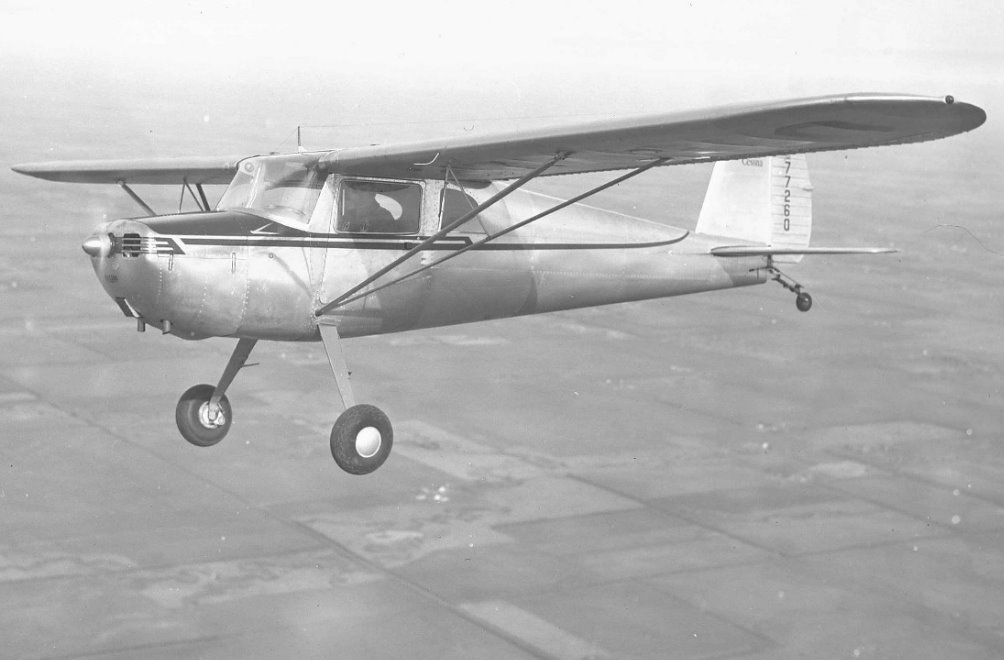The control column went back in OK, but I should have installed the link between it and the elevator bell crank before the fuel lines. Everything works smoothly.
The rudder pedals were a pain. It all fits in nicely. The first problem I had was that there are some raised letters (part number) cast on the side of the bearing blocks. Those have to be positioned so the flange on the horizontal tubes rub on the opposite side. That makes good sense from a bearing point of view but even more sense since that extra width binds up the rudder pedals. I had one wrong and didn't notice it until I had the mounting bolts tightened. I should have noticed when I had trouble getting the bolts to go in easily. Fortunately it was on one of the outboard blocks which are easy to get the nuts installed. Some genius engineer at the factory turned the formers that the inboard block mount to so the nuts are almost impossible to install. They are a "C" section former with the opening turned toward the center console. Had they been turned outboard it would have been easy. Instead I spent 3 hours sweating to get 4 nuts installed and tightend. What A Pain!
See the screws behind the rudder pedals. They're for the cabin heat control and they're what the parts manual shows. Unfortunately 3 of the catch on the rudder pedal when it's full forward. They may never move that far with the cables hooked up but it's not worth the risk. I've turned the around but I plan to replace them with rivets. The heat control was riveted on when I got the plane. I don't know if it was done at the factory and they never corrected the parts manual or what. I found nothing about it at the 120/140 web site or in a service letter.
The next problem I had was the cover below the pedals. Brakes on the passenger side were an option which could be added in the field. Part of that was cutting out this cover to clear the added linkages. I don't know if it was done poorly or the pattern was wrong, but the openings were not cut far enough aft. This caused the linkage to hit the cover and bend it far enough to start it cracking. I trimmed the opening about an inch farther aft so it just clears.
The cover on the left side is a right pain to get in around all the parking break cables and linkages. Once it was in I realized I put the clevis pins, at the bottom of the pedal link, in backwards. They should be installed outboard to inboard. The end of the pin on the left pedal snagged the cover as the brakes were operated. All the pins are now pointing inboard. The cover was still close so I trimmed it about 1/8" to get good clearance. Having anything snag even a little would be to exciting while landing.
There is one more cover which protects the pulleys next to the rudder pedal. Unfortunately that is missing so I'll have to make one after I get all the cables back in.
If you look close at the pedal tubes you'll see black paint is scratched through to the primer. I was impressed with how nice the epoxy paint was to work with but I'm back to using good old engine enamel. The paint on the engine parts is so much harder to scratch. The engine cylinders did get baked a little which you can't do with epoxy. They sat out in the sun for about 6 hours. By the end you could not smell the solvents anymore. I was curious how hot they would get as the outside temperature rose to 97 deg. I have an infrared thermometer so I kept checking the temperature of the paint all day. This picture was at about 10 AM and the outside air was 85 deg. and the parts were at 125 degrees F. They never got any hotter as the day warmed up. All the heat is coming from the sun not the air. The finished paint is way tougher than the epoxy.






No comments:
Post a Comment